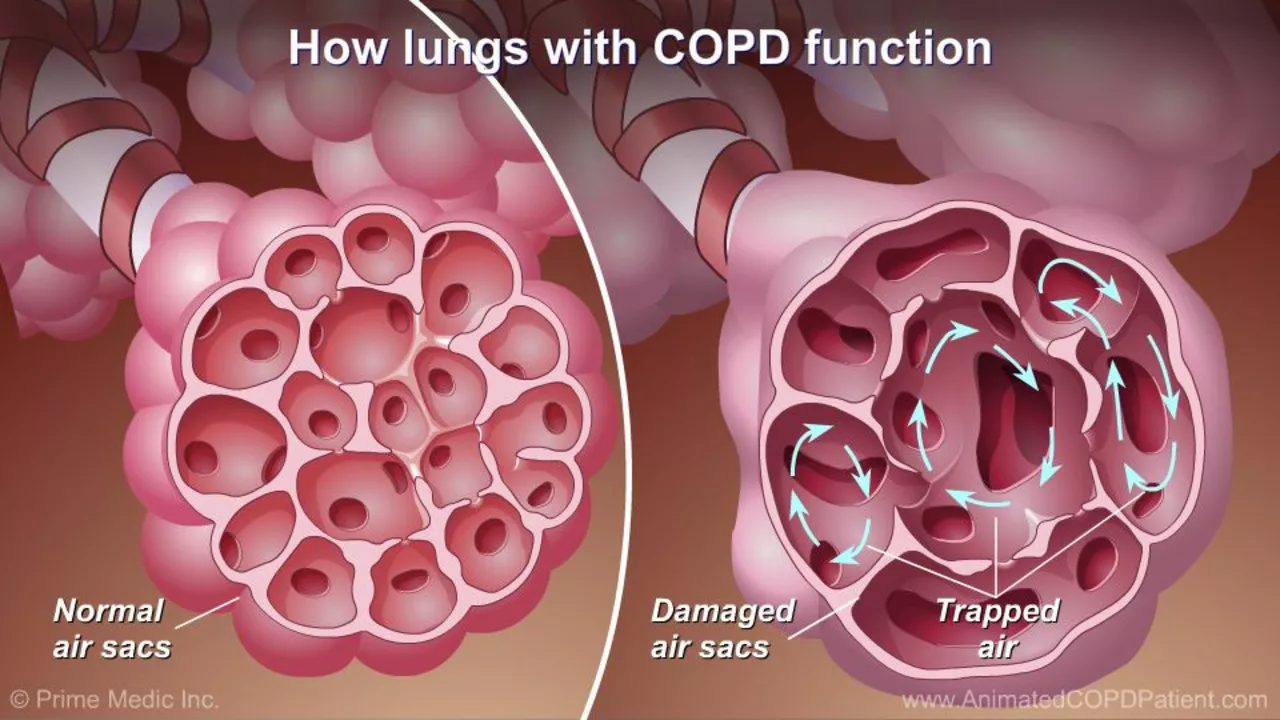Chronic Obstructive Pulmonary Disorder: Everyday Tips and Practical Advice
Living with Chronic Obstructive Pulmonary Disorder (COPD) isn’t always easy. Shortness of breath, cough, and low energy can make simple activities feel like major hurdles. But real people manage it every day—and with the right info, you can too. This page pulls together actionable tips and clear answers to help you stay on top of your lung health.
COPD covers both chronic bronchitis and emphysema. It usually creeps up slowly, often in folks with a long smoking history or exposure to certain dust and fumes. You might notice a persistent cough, wheezing, or chest tightness—that’s your cue to talk to your doctor early. If your doctor already diagnosed you, monitoring your symptoms and triggers gets you ahead of flare-ups.
When it comes to meds, you’ve got options: inhalers, tablets, and sometimes steroids. Inhalers are the first go-to tool. If you’re confused by the different inhalers, you’re not alone—some contain bronchodilators to relax airways, while others mix in steroids to calm inflammation. It’s normal to have questions or mix-ups in the beginning, so keep your pharmacist close. They can show you tricks for better inhaler technique—trust me, it helps.
Exercise actually matters, even if you worry about getting winded. Focus on low-key activities—like walking, gentle cycling, or even chair exercises at home. These keep your muscles strong and make breathing easier over the long run. Pulmonary rehab programs can be a total game changer. They teach breathing hacks, build confidence, and offer peer support.
Diet counts too. People with COPD sometimes get tired faster, so smaller meals more often helps. Skip anything salty or processed—it can worsen swelling and make you feel bloated. Focus on protein, fruits, veggies, and staying hydrated. Some people notice milk makes phlegm worse; try dairy swaps if you see this change.
It’s easy to overlook the impact of triggers. Air pollution, secondhand smoke, and even strong cleaning sprays can bring on symptoms. Use an air purifier at home, avoid scented products, and keep windows closed on high pollution days. When colds and flu season roll in, wash hands frequently and stay up to date with vaccines like the flu shot and pneumonia jab. These steps save emergency trips to the hospital.
You’re not stuck facing COPD alone. Online forums, support groups, and even telemedicine can connect you with others who ‘get it.’ Swap stories, trade tips, and don’t hesitate to ask your healthcare team the tough questions.
Looking for guidance on specific medications, alternatives, or the latest in COPD management? Keep scrolling—our trusted articles break things down without the jargon. The aim is simple: help you breathe easier and feel more like yourself, every single day.
The Benefits of Pulmonary Rehabilitation for Chronic Obstructive Pulmonary Disorder Patients
Pulmonary Rehabilitation (PR) has often come to the rescue of patients suffering from Chronic Obstructive Pulmonary Disorder (COPD). The benefits are numerous, ranging from improved respiratory muscle function, reduced hospital admissions, to enhanced quality of life. PR helps to reduce symptoms, decrease disability, increase participation in physical and social activities, and overall improve the health status of the patient. It's truly a game-changer, helping people with COPD reclaim their lives and restore their independence. It's a holistic approach that not only addresses physical health but also mental and emotional well-being.
